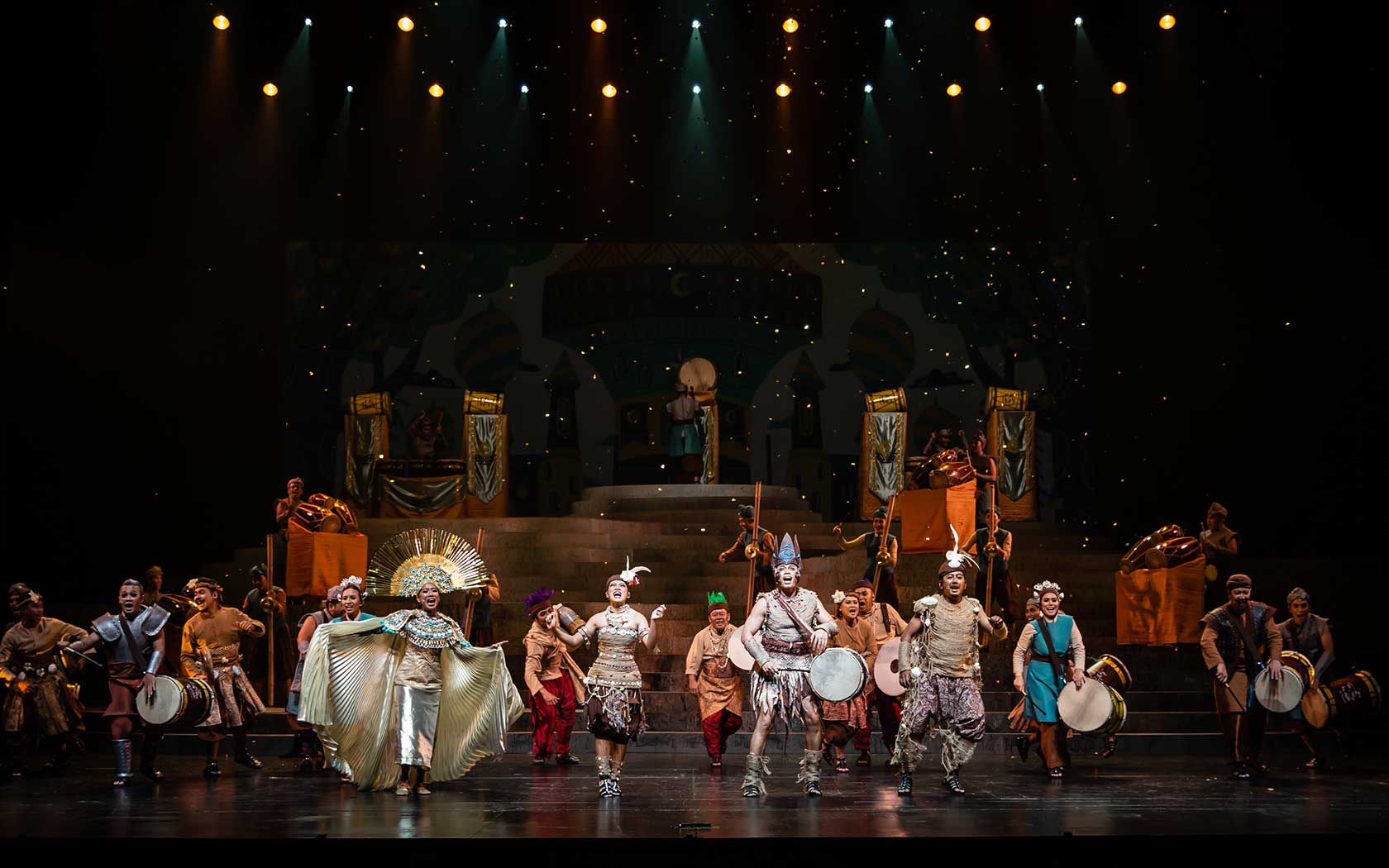Hailing from the remote Arnhem Land, Northern Territory in Australia, the Nundhirribala Clan is one of many Australian indigenous tribes, who make up the original inhabitants of the land hundreds of years before colonisation in the 19th century. With Arnhem Land’s proximity to water, water is a key element in the clan’s dances and songs, which mark major events such as celebrations or deaths. When these occur, the entire community mourns or celebrates with the family. One such ritual is Ayanjanarri, the Water Ceremony, which carries the sorrow and pain of many generations, and a totem is sung to cleanse the mourning family after a death.
Listen to the improvisation of Ayanjanarri, the Water Ceremony
Hidden away for centuries, these sacred dances and songs are now showcased to the world, thanks to songman and dancer Ngulmiya Nundhirribala, a revered leader in his community and keeper of the tradition. Experience these ceremonies at this year’s edition of A Tapestry of Sacred Music, where Nundhirribala, accompanied by piano and string quartet, will perform traditional songs depicting his family’s relationship with the Makassan sailors (from what is now Indonesia) and previously private ceremony songs.
These songs were recorded for his new album, backed by the 40-piece Budapest Art Orchestra and contemporary classical composers Luke Howard and Anthony Gray. A one-of-a-kind artist, Nundhirribala wrote these songs by improvising over his clan's ceremony songs, such as Ayanjanarri (Water totem) and Gurumburra (Seagull totem), showcasing his incredible ability to improvise and collaborate using his traditional vocal style and language.
About the Nundhirribala Clan
In the barren land at dusk, accompanied by the sound of lively chanting and clapsticks clapping, the men dance, holding flag posts with numerous triangular red flags and kicking up the sand. They wear red loincloths, their bodies are streaked white with ochre, marking the positions they hold in their tribe, totemic duties and ancestors. As nightfall approaches, the womenfolk dance in a group, their actions telling the stories of their history. The ceremony goes on for days, after which, the body painting is smeared, just as designs on the ground are obliterated by the stamping of feet during the dances. These are the Red Flag dancers of the Nundhirribala Clan.
Watch the Red Flag Dancers
The Nundhirribala Clan is one of many Australian indigenous tribes, who inhabit the remote Arnhem Land in the Northern Territory. As early as the 1700s, Makassan fishermen sailed from the island of Sulawesi to Arnhem Land to trade, in search of trepang (sea cucumbers) in exchange for coins, clay pipes and alcohol. A record of these friendships turned into a culture and spirituality: the red flags symbolise the sails of the old perahu sailing boats and commonalities in language—jaga (to take care), mabuk (drunk), and Dhumbala/Dumala (sail). This culture is passed down generations through aural and oral tradition.











